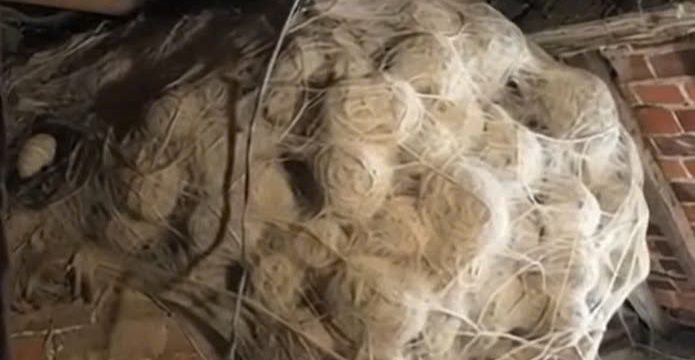Sinks are an essential part of daily life, yet some of their built-in features go unnoticed. One such feature is the small hole located just beneath the faucet in many bathroom and kitchen sinks. If you’ve ever wondered what it’s for, you’re not alone. This unassuming hole, known as the overflow hole, plays a crucial role in your sink’s functionality. Though it might not seem important, it serves as a safeguard against accidents, helps with hygiene, and extends the lifespan of your sink. Let’s explore its purpose, why it matters, and how to maintain it properly.

The primary function of the overflow hole is to prevent water from spilling over the edge of the sink. It acts as a secondary drainage system, designed to kick in when water levels get too high. The overflow hole connects to the main drainage system via a small pipe, allowing excess water to flow directly into the drain instead of flooding your bathroom or kitchen. Without this small but significant feature, even minor distractions could result in a major mess.
In today’s fast-paced world, distractions are common. It’s easy to get caught up in a phone call, step away for a moment, or multitask while filling the sink. If left unattended, the running water can quickly rise and overflow. The overflow hole serves as a backup, keeping the water contained within the sink and reducing the risk of flooding. Additionally, if the main drain is slow due to a clog, the overflow hole provides an alternative drainage route, preventing water from spilling onto the floor. This not only minimizes water waste but also helps avoid costly repairs from water damage.
Beyond preventing overflow, the overflow hole plays a vital role in keeping your sink clean. When washing hands, dishes, or other items, water often splashes and can become stagnant in hard-to-reach areas. Stagnant water creates an ideal environment for bacteria, mold, and unpleasant odors. The overflow hole allows for better water circulation, reducing the chances of stagnant water buildup and promoting a cleaner, more sanitary sink environment.
While the overflow hole is a helpful feature, it requires maintenance to function properly. Over time, it can accumulate debris, soap scum, and bacteria, leading to blockages or foul odors. To keep it in good working order, regular cleaning is essential. Using a small brush, pipe cleaner, or cotton swab, gently remove any visible dirt or buildup. Then, flush the overflow hole with boiling water to dissolve grease and grime. Making this part of your cleaning routine ensures that the hole remains clear and effective.
If you notice an unpleasant smell coming from your sink, the overflow hole may be the culprit. A simple and natural way to eliminate odors is by using baking soda and vinegar. Pour one cup of baking soda into the overflow hole, followed by a cup of white vinegar. The fizzing reaction will break down any trapped organic material and neutralize odors. Let the solution sit for about 15 minutes before rinsing it out with boiling water. This eco-friendly method will leave your sink smelling fresh and clean without the need for harsh chemicals.
To keep your sink functioning at its best, make sure to inspect the overflow hole regularly for blockages or buildup. A well-maintained overflow hole not only improves sink performance but also extends its lifespan. Neglecting this small but important feature can lead to water damage, unpleasant odors, and even potential plumbing issues. Preventative care is always easier and more cost-effective than dealing with unexpected repairs.
Interestingly, the overflow hole is not a modern invention. Early sink designs featured similar mechanisms to prevent spills in communal washing areas. As plumbing systems advanced, the overflow hole became a standard feature in household sinks, proving that simple yet effective designs can stand the test of time. Today, it remains a key element in sink construction, ensuring safety and convenience in everyday life.
Although it may seem insignificant, the overflow hole plays an essential role in keeping your sink functional, safe, and hygienic. By understanding its purpose and including simple maintenance steps in your routine, you can prevent water damage, reduce odors, and ensure that your sink remains in optimal condition. Next time you notice that tiny hole beneath your faucet, take a moment to appreciate it—it’s an unsung hero that quietly protects your home from unnecessary messes and damage.





